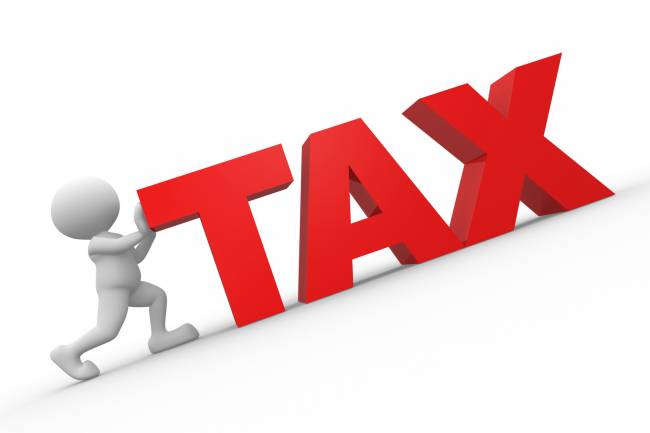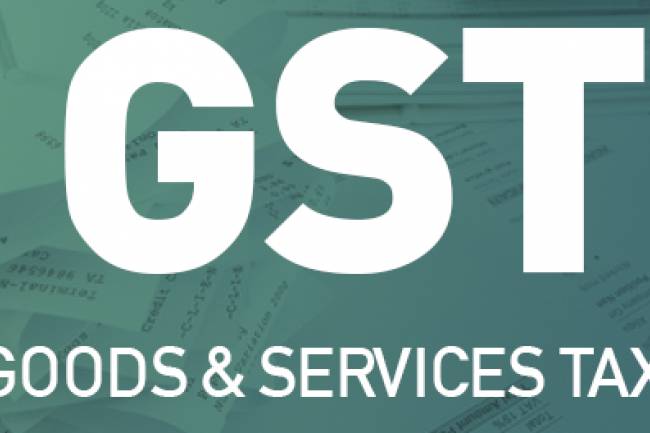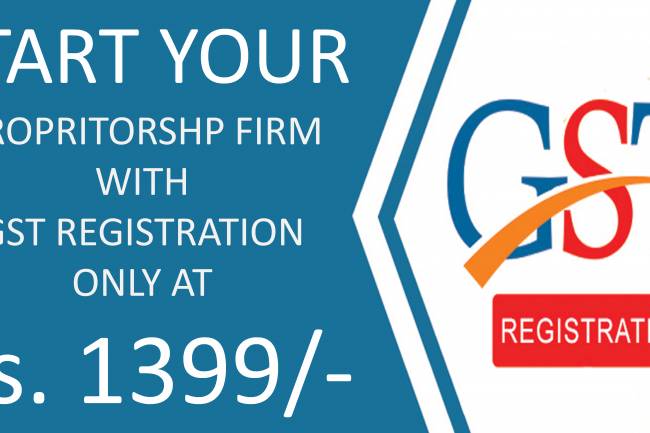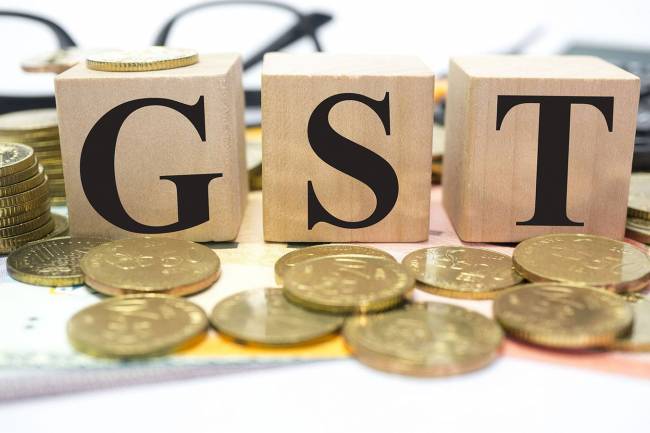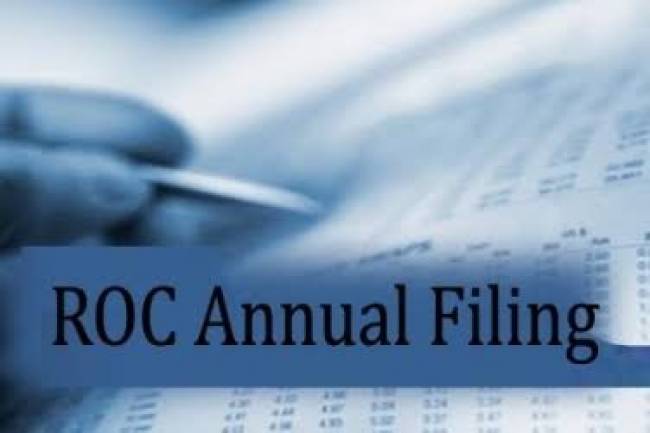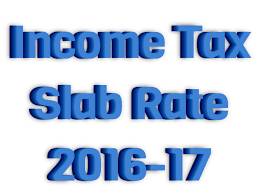
Income Tax Slab
Pay impose is that level of a man's salary that he adds to the bigger income of the administration for it to subsidize the infrastructural, advancement based and welfare needs of the nation. Wage impose is one of only a handful few direct methods for tax assessment like the capital increases charge and so on. The salary impose paid each month or on each legally binding procuring frames a piece of the bigger income wage for the Government of India. The guidelines and controls concerning pay charge are forced under The Income Tax Act, 1961.
Pay Tax must be paid by each distinct individual, Hindu Undivided Family, Association of Persons, Corporate firms, Companies, Local experts and every other person who creates a wage. The expense is on salary age. Expenses are computed on their yearly earnings and a yearly cycle for such evaluation is the monetary year that starts on first April and finishes on 31st March. The year for whose pay impose is computed is known as the earlier year. Furthermore, the year in which the expense is charged is the evaluation year.
Salary Tax chunk rates are for various classifications of citizens who are saddled logically higher in view of their profit each year.
India is charged in light of one's wage, increasingly the salary progressively the duty. India has four wage sections or gatherings
Wage not burdened by any means,
Wage burdened at 10%,
Wage burdened at 20% and
Wage exhausted at 30%.
The wage section additionally shifts with age (under 60,between 60 – 80 years, more than 80), living arrangement (India/non-inhabitant India) and sexual orientation (male/female). Expense sections continue changing from year to year. Well beyond duty, extra charge and instruction cess is likewise charged. The Finance Minister reports these in spending plan each year.
The pieces rates vary between contrast among one class of citizens also.
Piece RATES FOR INDIVIDUALS, HUFS, ASSOCIATION OF PERSONS, BODY OF INDIVIDUALS.
The salary of this gathering of citizens is separated into different extents. Each scope of wage has an alternate level of assessment forced.
Wage beneath Rs. 250000 – No Tax
Wage between Rs. 250001 – 500000 – 10 Percent Tax
Wage between Rs. 500001 – 1000000 – 20 Percent Tax
Wage above Rs. 1000001 – 30 Percent Tax
For e.g. assume an individual is procuring Rs. 3.5 Lac a year. The expense rate would be 10 percent. This 10 percent would be charged on the additional pay above Rs. 2.5 Lac that is exempted from tax assessment. Along these lines, the expense to be paid by that individual would be on Rs 1 Lac that will be Rs. 10000.
Other than the duty rate, cess is additionally charged. Cess is a duty on the Tax. For a typical individual, the cess is 3 percent. Accordingly, the viable rates of tax assessment for an individual would end up noticeably 10.3 percent, 20.6 percent and 30.9 percent relying on the salary.
SENIORCITIZENS
For Senior Citizens that are between the ages of 60 years to 80 years, there are 4 pay impose chunks.
Salary beneath Rs. 300000 – No Tax
Salary between Rs. 300001 – 500000 – 10 Percent Tax
Salary between Rs. 500001 – 1000000 – 20 Percent Tax
Salary above Rs. 1000001 – 30 Percent Tax
SUPER SENIOR CITIZENS
For Senior Citizens over the age of 80 years, there are three salary charge sections.
Salary not as much as Rs. 500000 – No expense
Pay between Rs. 500001 – 1000000 – 20 Percent Tax
Pay above Rs. 1000001 – 30 Percent Tax
Agreeable SOCIETIES
For co-agent social orders, there are three sections for ascertaining salary charge.
Pay up to Rs. 10000 – 10 Percent Tax
Pay between Rs. 10000 – 20000 – 20 Percent Tax
Pay above Rs. 20000 – 30 Percent
The Income Tax section is the same for a female as it is for a male. Since most recent couple of years, the administration has finished tax collection contrasts between genders.Earlier females used to get a casual assessment section. The female citizens were subject to less duty. Notwithstanding, now there is no such qualification.
A nearby expert is additionally required to pay a duty of 30 percent. With training cess, the viable duty rate winds up noticeably 30.9 percent. Additionally, a local firm is likewise to experience tax collection of 30 percent. However, a remote organization is required to pay 40 percent impose over which a cess of 3 percent for training is likewise charged.
An individual or a gathering of individuals whose salary is more than 1 crore for every annum are likewise required to pay an extra charge of 12 percent alongside the assessment payable.
The financial plan of 2016 has given different advantages:
It had made an arrangement of refund for white collar class citizens. This discount is given in a circumstance where the salary of the individual is not as much as Rs. 5 Lac. In such a circumstance, Rs. 5000 will be given as refund on the aggregate duty payable.
It additionally accommodates minimal alleviation to a citizen who is required to pay an extra charge, as his wage is more than Rs. 1 Crore. Minimal Relief gives that an extra charge can't be more than the abundance sum less expense payable on the overabundance sum. This slack given by the administration adds up to minimal help.
To decide an expense chunk, you ought to consider your net pay, which comes in the wake of subtracting all the accessible exceptions and reasonings. In any case, it ought to likewise incorporate any additional pay and un-exempted capital increases.
Case of a Tax Calculation:
Stage 1
The gross pay of Shyam is 14 lacs for each annum. After Deduction and exceptions, his net salary is 11 lacs.
From this 11 lakh, beginning 2.5 lakh progresses toward becoming tax exempt.
11,00,000 – 2,50,000 (Tax free) = 8,50,000
Duty 1 = 0
Stage 2
From the staying 8.5 lakh another 2.5 lakh us subject to 10% duty
8,50,000 – 2,50,000 (10% duty) = 6,00,000
Duty 2 = 25,000
Stage 3
Presently Shyam has 6 lakh Rupees. From this sum the Rs 5,00,000 is liable to 20% duty rate.
6,00,000 – 5,00,000 (20% duty) = 1,00,000
Duty 3 = 1,00,000
Stage 4
The rest of the 1 lakh rupees would be liable to 30% expense.
Duty 4 = 30,000
Stage 5
The wage charge obligation would be the expansion of duty 1, impose 2. charge 3 and assessment 4.
Add up to Tax obligation = assess 1 + impose 2+ charge 3 + assess 4
= 25,000+ 1,00,000+30,000
= 1,55,000
Stage 6
Presently we need to charge cess on this duty. The cess is 3% of the expense.
1,55,000 *3/100
= 4,650
Stage 7
Add up to Tax = 1,55,000+4,650
= 1,59,650
Visit HireCA.com Now


